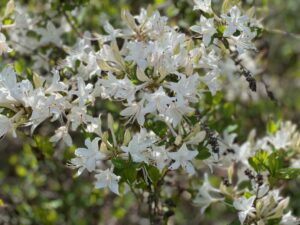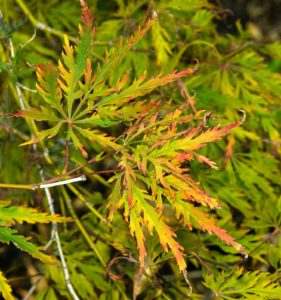The updated Pest Scouting Guides are here, and have a few improvements that enable YOU to share what YOU are seeing in the field with RCE.
Please click, download, and print these scouting guides for use at your nursery, landscape, or conifer plantation. Once printed you can scan the QR at the top of document to link back to the digital copy. These are much larger documents than 2022, as they are sorted by GDD, NEW-Insect “Group”, and by NEW-“favored host plants”.
Refer to this post “Obtaining your local growing degree-days (GDD)” for additional information (click here) or contact Tim Waller twaller@njaes.rutgers.edu for help.
It is important to note that the GDD ranges do not replace scouting and that many of these GDD ranges have not been validated in New Jersey and would greatly benefit from local feedback. Therefore you will notice a QR code at the bottom of the cover-page. If you scan this code it will take you to a form that asks for details about pest occurrence, host plants, any observations, and after you submit your comments it allows the user to upload photographs. This is also a great place to leave feedback on what you would like to see in future iterations (such as pictures…).
PLEASE REPORT – pest observations that deviate from the stated GDD ranges in the guides
PLEASE SHARE PICTURES OF PESTS – we are working to develop insect ID pocket guides and other resources for our NJ growers…but we need your help
LONT – Comment and Photo upload REPORTING LINK (click here)
Conifer – Comment and Photo upload REPORTING LINK (click here)
If you would like to interact with the raw data yourself or incorporate it more closely into your businesses needs download this data file (click here) (file will download once clicked!). Please note it is a Microsoft Excel file, that is protected / cannot be modified on all but the two sheets labeled “GDD ACCU”. If you would like help with this or a non-protected file please contact twaller@njaes.rutgers.edu.
Regular updates will be utilizing this resource throughout the 2023 season. Have a great Spring Season everyone.



